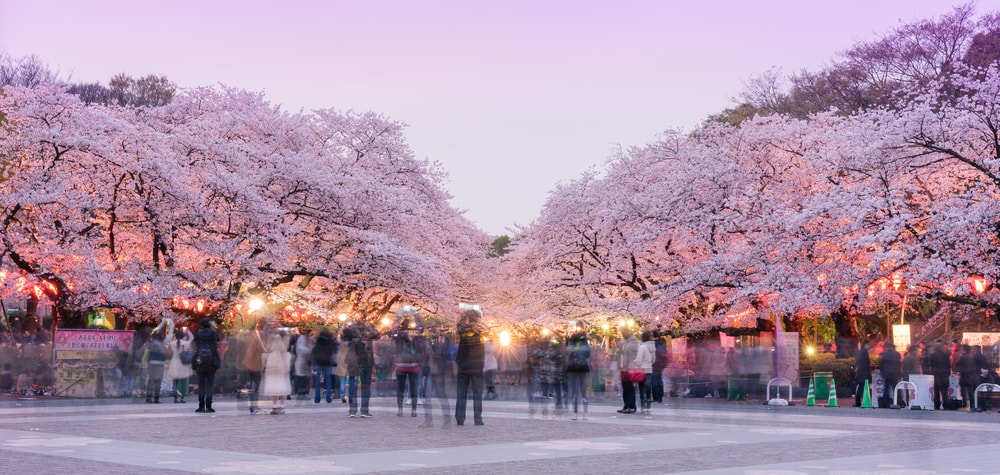

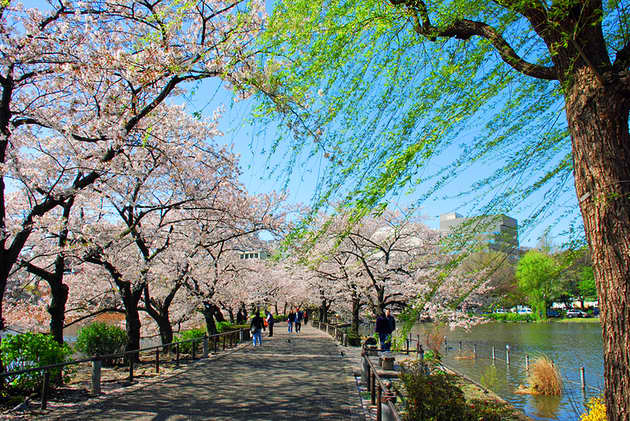
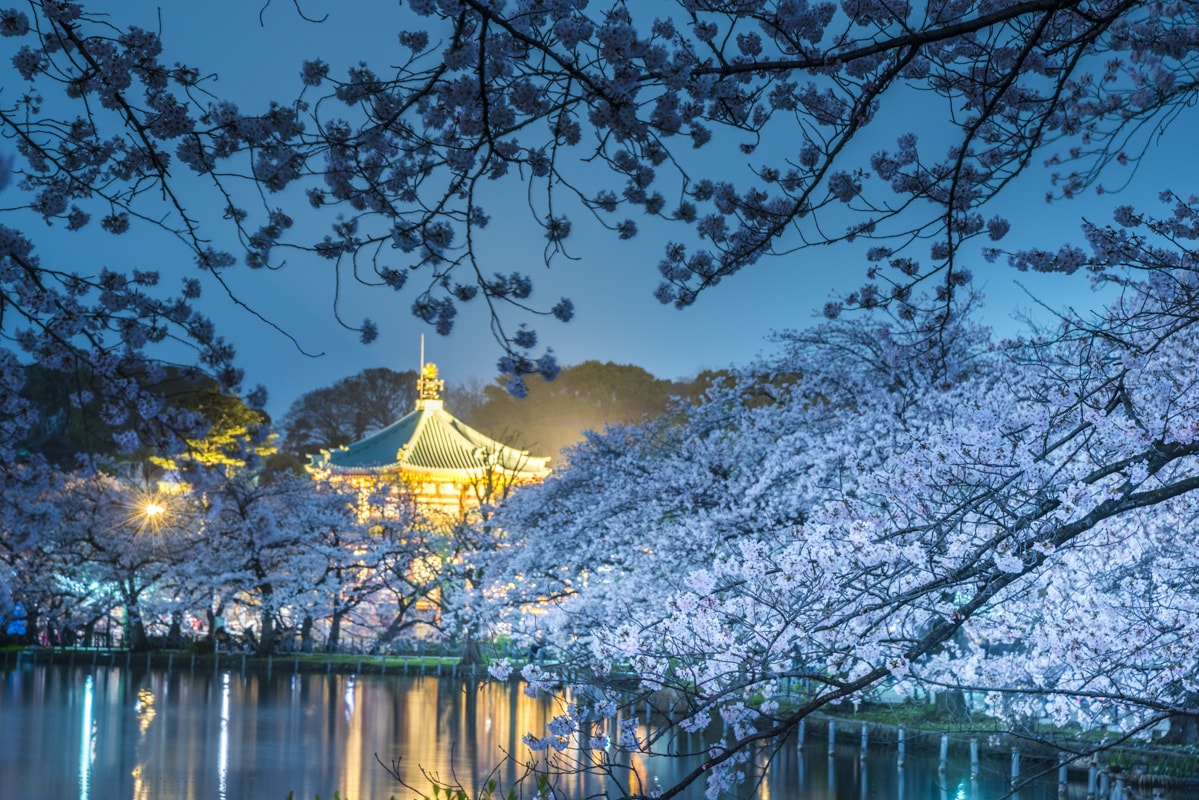
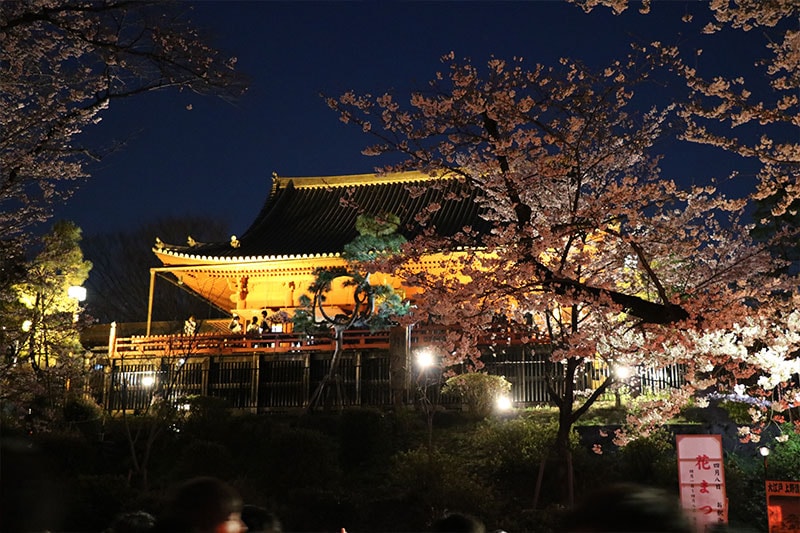
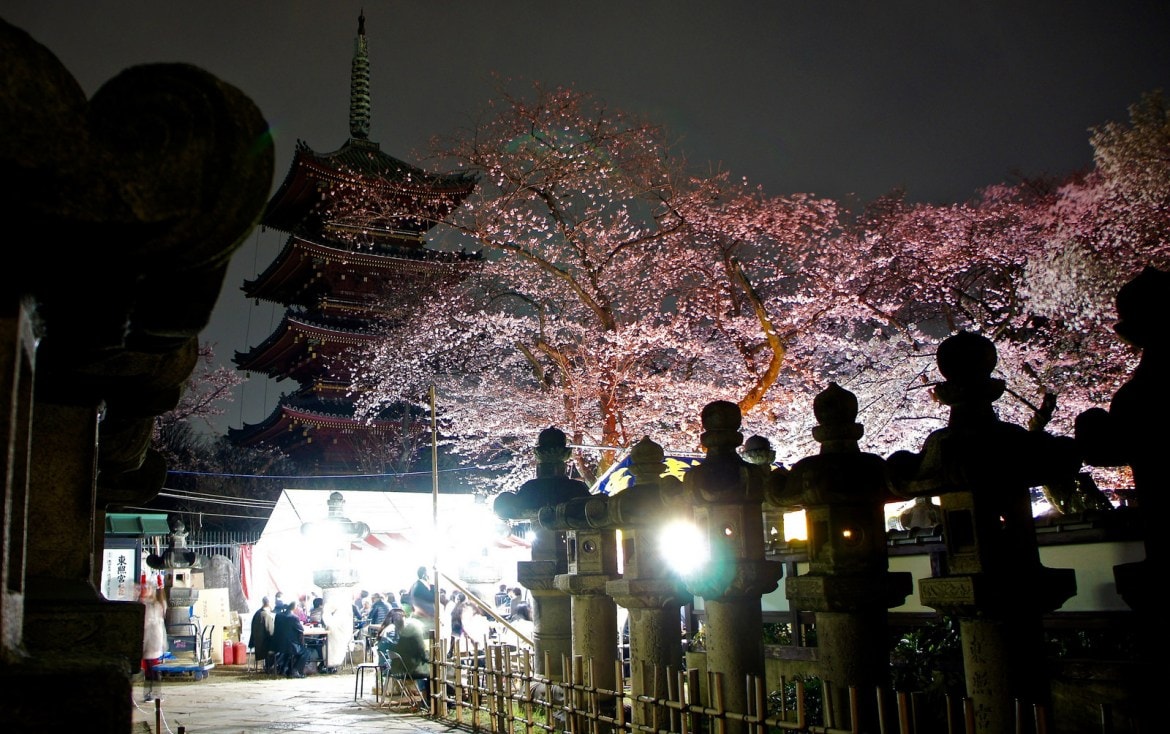
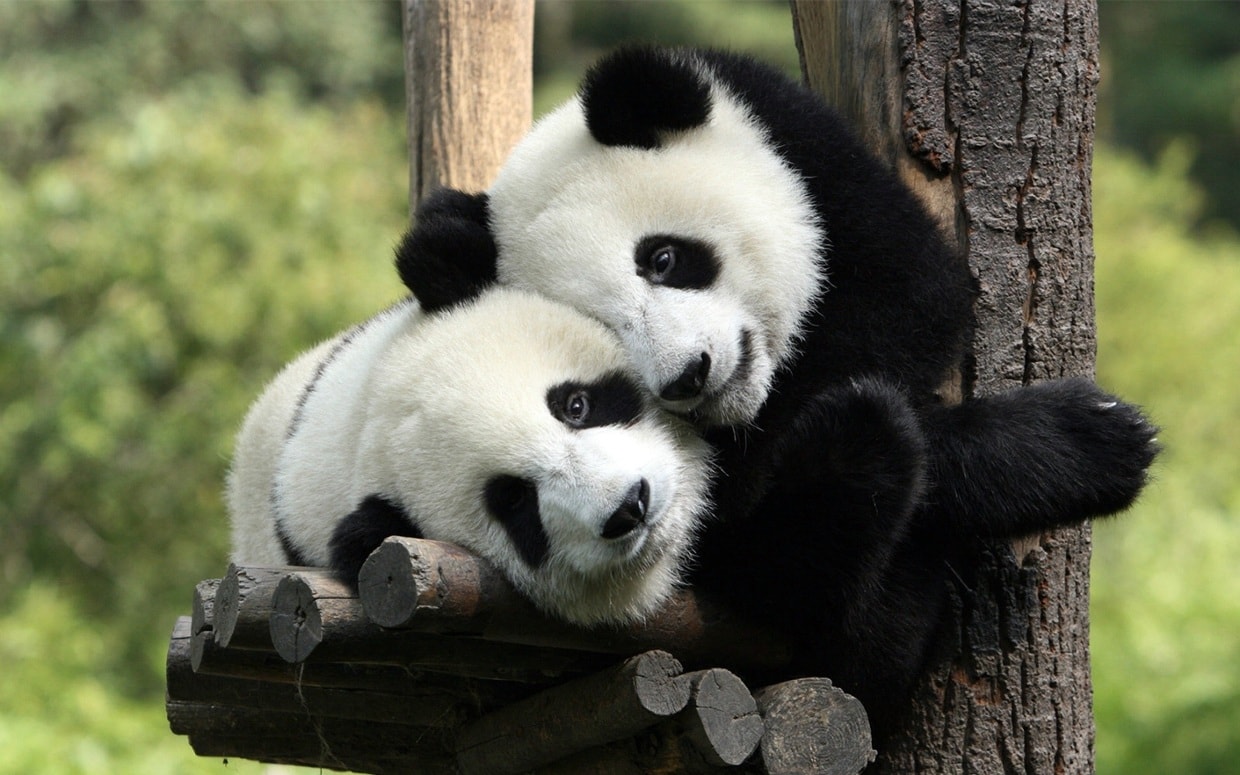
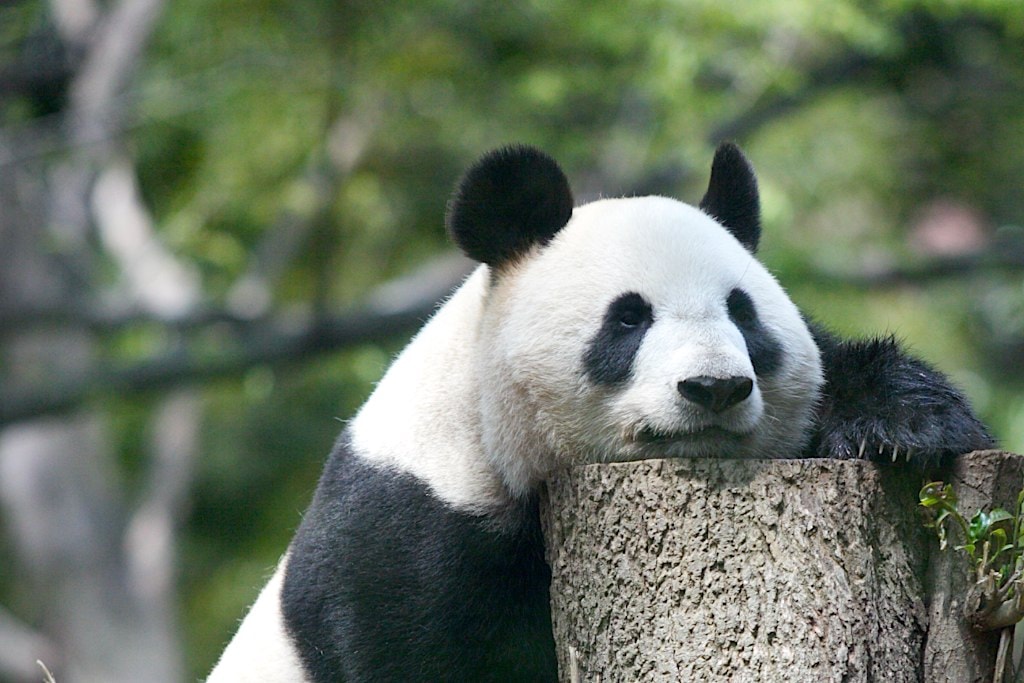
Ueno Park (上野公園, Ueno Kōen) is a large public park next to Ueno Station in central Tokyo. The park grounds were originally part of Kaneiji Temple, which used to be one of the city's largest and wealthiest temples and a family temple of the ruling Tokugawa clan during the Edo Period. Kaneiji stood in the northeast of the capital to protect the city from evil, much like Enryakuji Temple in Kyoto.
During the Boshin Civil War, which followed the Meiji Restoration in 1868, Kaneiji suffered nearly complete destruction in a battle between the victorious forces of the new Meiji government and loyalists of the overthrown shogunate. After the battle, the temple grounds were converted into one of Japan's first Western style parks and opened to the public in 1873. A statue of Saigo Takamori, one of the generals in the Battle of Ueno, stands near the park's southern entrance.
At the southwestern end of the park lies Shinobazu Pond, one of many reminders of Kaneiji Temple's former grandeur. The pond represents Lake Biwako (in a reference to Kaneiji's model, the Enryakuji Temple of Kyoto, which overlooks Lake Biwako). On an island in the middle of the pond stands Bentendo, a temple hall dedicated to the goddess of Benten.
Today Ueno Park is famous for the many museums found on its grounds, especially the Tokyo National Museum, the National Museum for Western Art, the Tokyo Metropolitan Art Museum and the National Science Museum. It is also home to Ueno Zoo, Japan's first zoological garden.
Additionally, Ueno Park is one of Tokyo's most popular and lively cherry blossom spots with more than 1000 cherry trees lining its central pathway. The cherry blossoms are usually in bloom during late March and early April and attract large numbers of hanami (cherry blossom viewing) parties.
Ueno Park is just next to JR Ueno Station. Easiest access is provided by the station's "Park Exit".
The oldest zoo in Japan, Ueno Zoo was established in at its present site in Tokyo in 1882 as part of Japan's modernization drive during the Meiji Period.
Tokyo's Ueno Zoo is world class, with animals and birds from around the globe. Best of all, its settings convincingly imitate the wild, meaning the animals can be observed in what come pretty close to their native habitats.
Tokyo Zoo is divided into 63 main sections, grouped into such categories as the Gorilla and Tiger's Forest, Japanese Animals, The Children's Zoo (with animal petting area), Animals of Africa, a Birdhouse, and the Vivarium (turtles and reptiles).
The big attractions at Ueno Zoo are the big animals: elephants, gorillas, polar bears, giraffes, etc. However, a leisurely inspection of the smaller enclosures and cages will reveal a huge assortment of smaller animals, and particularly birds, that you may well be seeing for the first time.
A monorail offers a 90 second ride for 150 yen (80 yen for elementary schoolchildren) between the East Garden and West Garden. (Pre-paid cards like Suica and Pasmo are not accepted.)
The West Garden is dominated by the big Shinobazu Pond, the southern part of which is full of lotus plants. In the middle of it is a small island with a shrine to the goddess Benten, which is the sole Indian god among the otherwise Chinese Shichifuku (Seven Deities) traditionally worshiped in Japan.
Check out the Zoo Hall in the West Garden under Aesop's Bridge (the bridge you cross if you don't wish to join the queue for the monorail) for exhibitions. Reading room upstairs (in Japanese only) - accessible from outside stairs.
In the East Garden, check out the Five-Storey Pagoda (an original fixture from Kaneiji Temple) across from the elephant enclosure.
Tokyo Zoo is well equipped with amenities. You are never far from a restaurant, snack stall, souvenir shop or toilet.